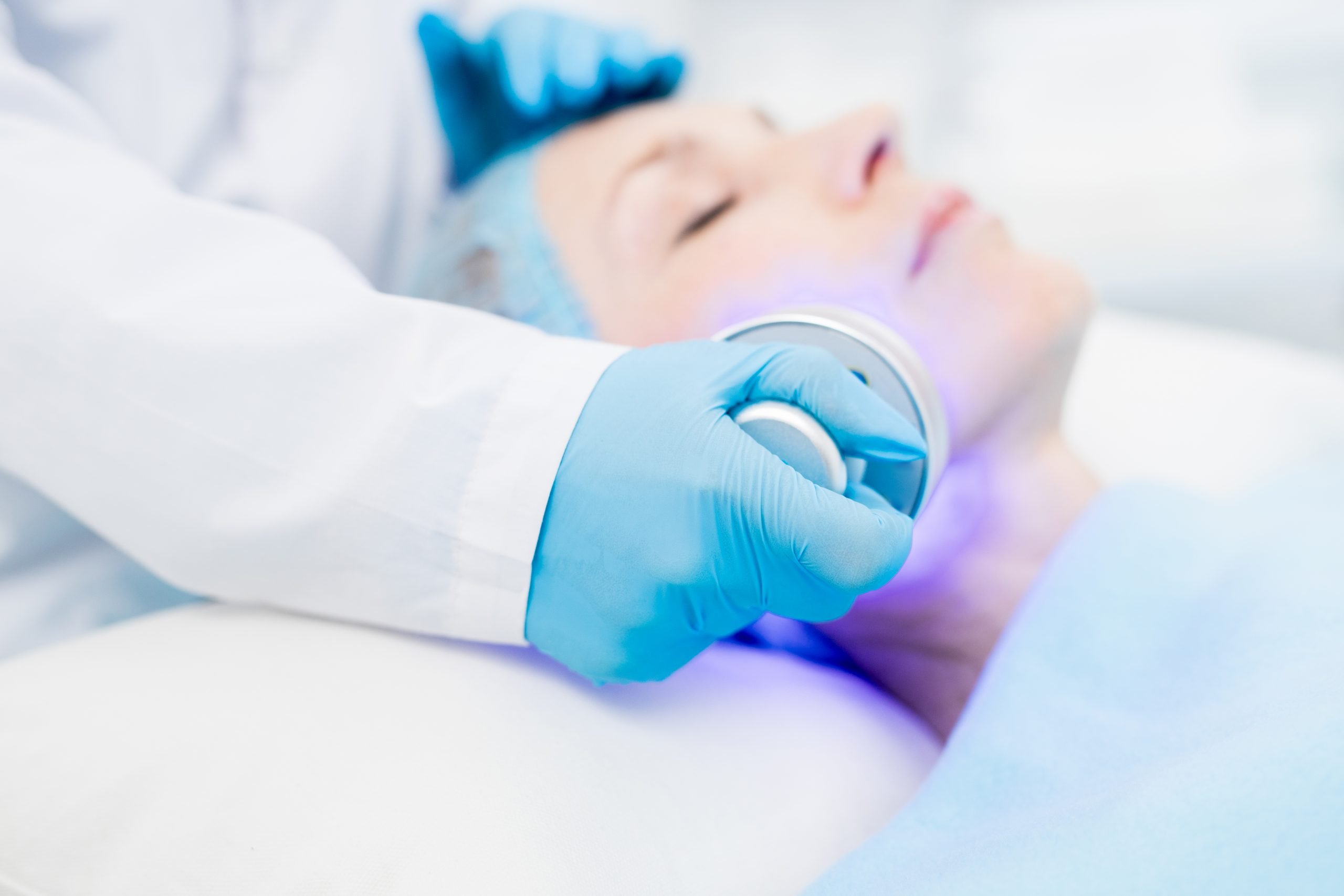laser marking for medical device

Laser marking technology has revolutionized the medical device industry by providing an efficient and precise method for labeling and identifying various materials. Laser marking offers numerous advantages over traditional marking methods, such as inkjet printing or mechanical engraving.
One of the key benefits of laser marking for medical devices is its ability to create permanent and indelible marks. This is of utmost importance for products that need to comply with strict traceability and identification regulations. The laser's high-energy beam is able to penetrate the surface of the material, modifying its molecular structure and creating a permanent mark that cannot be easily removed or altered.
In addition to durability, laser marking also offers unparalleled precision. The laser beam can be controlled with great accuracy, allowing for intricate and detailed markings, including logos, serial numbers, and barcodes. This level of precision ensures that devices can be accurately tracked throughout their lifecycle.
Another advantage of laser marking is its versatility. Different laser types can be used to mark a wide range of materials commonly used in medical devices, such as metals, plastics, ceramics, and even glass. This versatility makes laser marking an ideal solution for various applications within the medical field, including surgical instruments, implants, and diagnostic equipment.
Furthermore, laser marking is a non-contact process, meaning that there is no physical contact between the laser and the material being marked. This eliminates the risk of contamination or damage to delicate components or surfaces. It also allows for high-speed marking, increasing production efficiency and reducing costs.
In conclusion, laser marking technology offers significant advantages for the medical device industry. Its ability to create permanent and precise marks, versatility, and non-contact nature make it an ideal solution for labeling and identifying medical devices. As regulations and traceability requirements continue to evolve, laser marking will play an increasingly important role in ensuring patient safety and facilitating efficient device management.







